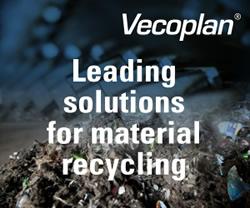“Designer carbon” boosts battery performance
 Mark Shwartz, Stanford Univ.: Stanford Univ. scientists have created a new carbon material that significantly boosts the performance of energy-storage technologies. Their results are featured in ACS Central Science.
Mark Shwartz, Stanford Univ.: Stanford Univ. scientists have created a new carbon material that significantly boosts the performance of energy-storage technologies. Their results are featured in ACS Central Science."We have developed a 'designer carbon' that is both versatile and controllable," said Zhenan Bao, the senior author of the study and a professor of chemical engineering at Stanford. "Our study shows that this material has exceptional energy-storage capacity, enabling unprecedented performance in lithium-sulfur batteries and supercapacitors."
According to Bao, the new designer carbon represents a dramatic improvement over conventional activated carbon, an inexpensive material widely used in products ranging from water filters and air deodorizers to energy-storage devices.
"A lot of cheap activated carbon is made from coconut shells," Bao said. "To activate the carbon, manufacturers burn the coconut at high temperatures and then chemically treat it."
The activation process creates nanosized holes, or pores, that increase the surface area of the carbon, allowing it to catalyze more chemical reactions and store more electrical charges.
Comments (0)
This post does not have any comments. Be the first to leave a comment below.
Featured Product

Vecoplan - Planning and implementation of complete processing plants in refuse derived fuel production
In order to reduce the costs involved in the energy-intensive production of cement, many manufacturers are turning to refuse-derived fuels (RDF), considerably reducing the proportion of expensive primary fuels they would normally use. Solid fuels are being increasingly used - these might be used tyres, waste wood or mixtures of plastics, paper, composite materials and textiles. Vecoplan provides operators of cement plants with proven and robust components for conveying the material and separating iron and impurities, efficient receiving stations, storage systems and, of course, efficient shredders for an output in various qualities.
